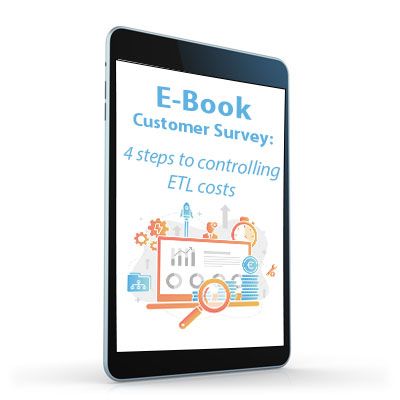
Throughout 2020, integration work will account for 50% of the time and cost of implementing digital platforms
Whether it has become a reality or not, no need to be a prophet to understand the importance of system integration and, in particular, interoperability and data exchange.
There is more and more data, on-premises, in the cloud, and often even in multiple clouds. Therefore, there is an inherent complexity due to the volume and variety of data.
In today’s world, data has become a real business asset.
Hence, to build a business and its marketing strategy, the ability to connect, transform and manage your data is essential. Data Integration solution hence plays a key role in building the foundation of Data Management.
Through this study conducted on a panel of Stambia customers, we wanted to understand the key elements for optimizing costs when purchasing a data integration solution.
Discover our eBook with each infographics explained in detail
Content :
- Making data available to the Business team: a major concern for the CIO
- New ELTs in addition to or in replacement of existing ETLs?
- Data Integration: a long-term investment
- Productivity of flow developments, a key element of the Go to Market
- The vigilance points in implementing a DI solution
- Which business model to choose for your DI solution?
- Towards a more versatile data integration
for 50% of the time and cost of implementing
digital platforms.
